AMADA – Hot Bar Reflow Soldering & Bonding
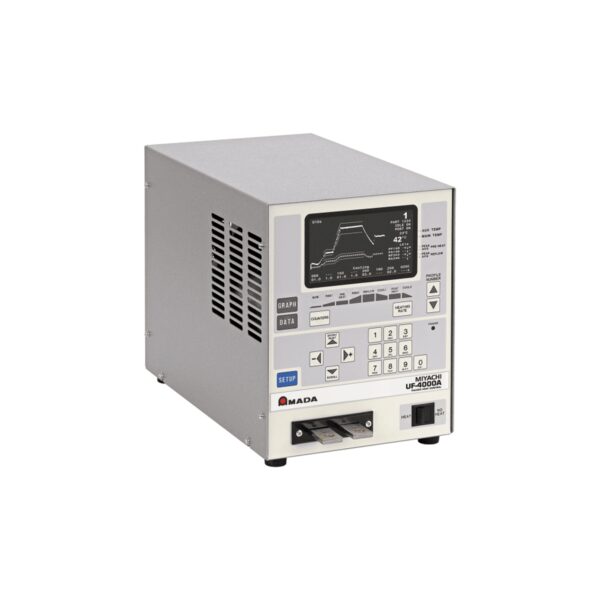
AMADA – Hot Bar Soldering Control – UF Series
The UF Series provides targeted heating and precision temperature control for hot bar soldering applications such as the connection of flexible circuits, ribbon cables, wires, SMT components, single or dual sided edge connectors and thermocompress…
The UF Series provides targeted heating and precision temperature control for hot bar soldering applications such as the connection of flexible circuits, ribbon cables, wires, SMT components, single or dual sided edge connectors and thermocompression bonding of gold ribbon.
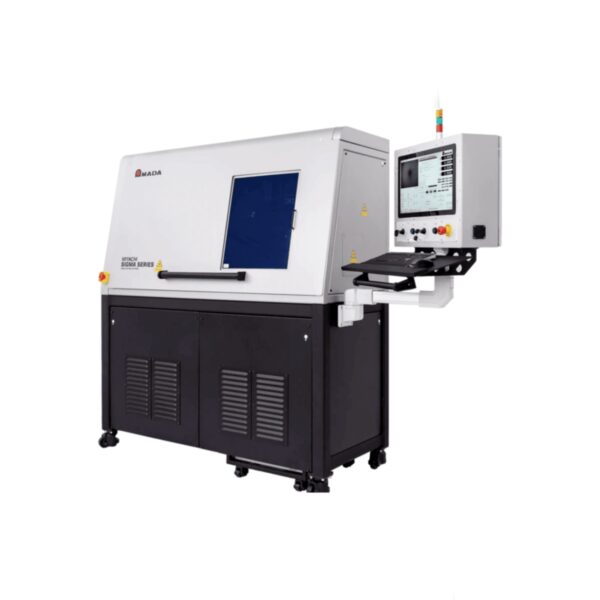
AMADA – Laser Cutting and Micromachining
Laser cutting and laser micromachining are non-contact processes which utilize a laser for micro drilling, micro milling, micromachining, micro patterning, micro scribing and ablation for industrial applications. The cut and fea…
Laser cutting and laser micromachining are non-contact processes which utilize a laser for micro drilling, micro milling, micromachining, micro patterning, micro scribing and ablation for industrial applications. The cut and feature edges are of high quality with little no burring, low surface roughness and dimensional accuracy.
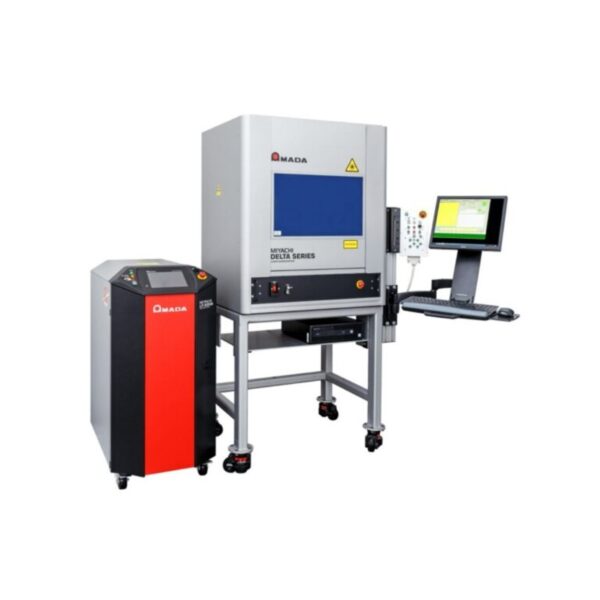
AMADA – Laser Processing Workstations – Delta Series
The Delta Series laser processing workstations provide a flexible, low cost, CDRH Class I environment for precision marking, welding and cutting of medical, automotive, electronic, and aerospace components, as well as a broad range of other indust…
The Delta Series laser processing workstations provide a flexible, low cost, CDRH Class I environment for precision marking, welding and cutting of medical, automotive, electronic, and aerospace components, as well as a broad range of other industrial applications.
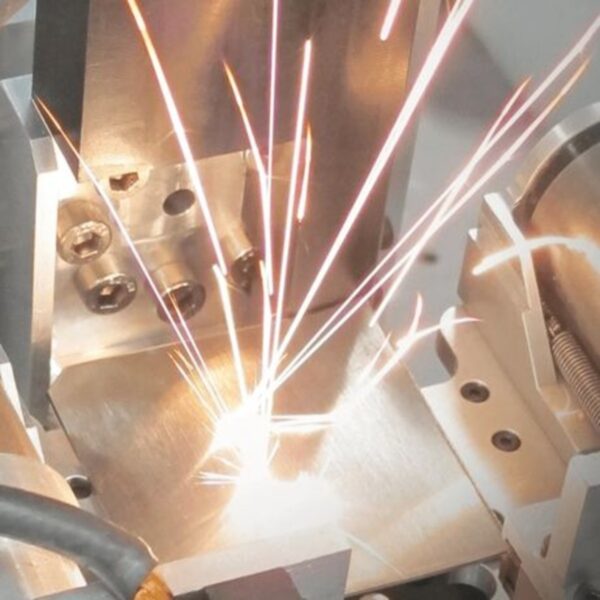
AMADA – Laser Welding
Lasers welders produce a beam of high intensity light which, when focused into a single spot, provide a concentrated heat source, allowing narrow deep welds and fast welding speeds. The process is frequently used in high volume …
Lasers welders produce a beam of high intensity light which, when focused into a single spot, provide a concentrated heat source, allowing narrow deep welds and fast welding speeds. The process is frequently used in high volume applications such as in the automotive and medical industries. Laser welding is a non-contact process which requires access to the weld zone from only one side of the parts being welded. There are many joint geometries that can be welded, but there must be a close fit-up at the joint interfaces, which makes tooling a key aspect for laser welding success.
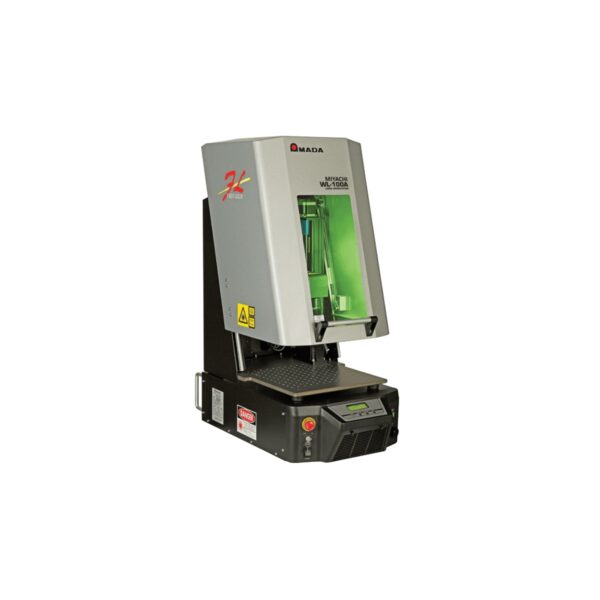
AMADA – Laser Workstation – WL-100A
AMADA’s WL-100A is a highly configurable, compact unit designed for lean manufacturing and offering the widest range of marking capability in its class.
Standard options include a rotary stage to tailor the machine to your specific proces…
AMADA’s WL-100A is a highly configurable, compact unit designed for lean manufacturing and offering the widest range of marking capability in its class.
Standard options include a rotary stage to tailor the machine to your specific process.
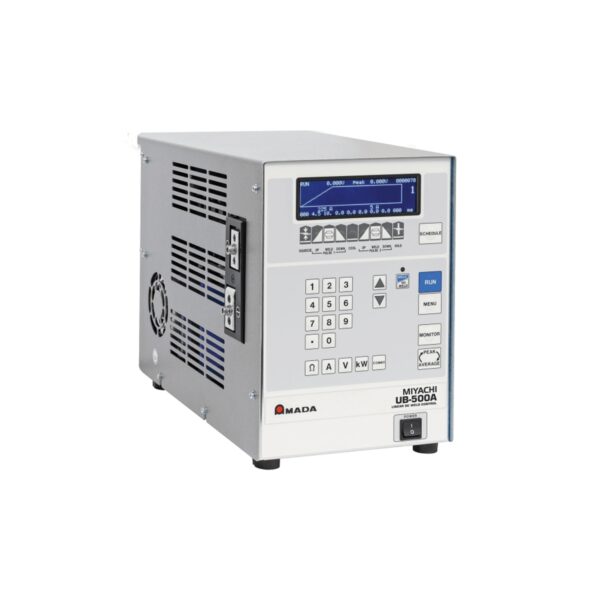
AMADA – Linear DC Welding Controls – UB Series
Transistor direct current power supplies (also called “Linear DC”) produce much the same results as the high frequency inverter by using a high number of power transistors as the direct energy source. This technology provides clean, square wav…
Transistor direct current power supplies (also called “Linear DC”) produce much the same results as the high frequency inverter by using a high number of power transistors as the direct energy source. This technology provides clean, square wave forms with extremely fast rise time. Used primarily in constant voltage feedback control, transistor DC power supplies are effective in thin foils and fine wire welding applications and for extremely short welds.

AMADA – MM-400A Desktop Resistance Weld Monitor
Measures Current, Force, Voltage, Time and displacement
MM-400A welding monitor enables operators to monitor and manage key welding variables that result in changes in weld heat such as current, voltage, time, force and dis…
Measures Current, Force, Voltage, Time and displacement
MM-400A welding monitor enables operators to monitor and manage key welding variables that result in changes in weld heat such as current, voltage, time, force and displacement. The compact unit supports a wide range of resistance welding technologies including AC, DC inverter, AC inverter, transistor and capacitive discharge. It features a simple and intuitive user interface and color touch panel display.
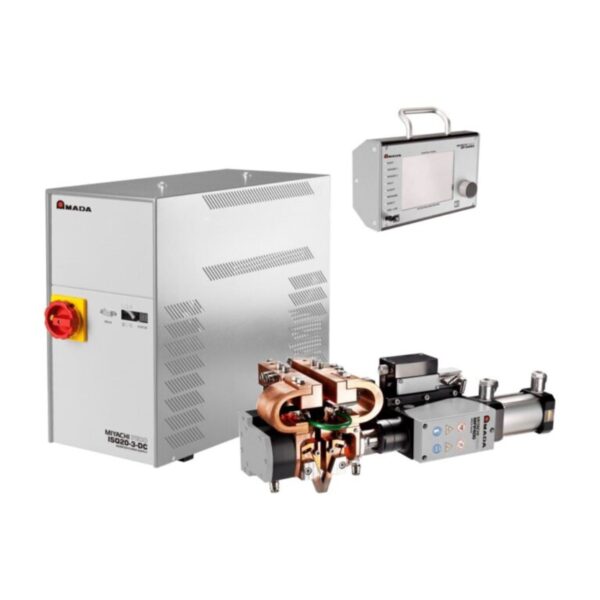
AMADA – Pneumatic Active Welding System – OP-AWS3
Active Welding System 3 Pneumatic
Formerly known as AWS3. The OP-AWS3 Active Welding System combines pneumatic weld heads / weld pincers (F- and FP-series) with an inverter power supply (ISQ-series) all …
Active Welding System 3 Pneumatic
Formerly known as AWS3. The OP-AWS3 Active Welding System combines pneumatic weld heads / weld pincers (F- and FP-series) with an inverter power supply (ISQ-series) all in one unique system. Its various interfaces make OP-AWS3 an easy to integrate system for automation. The complete system is an integrated solution providing process control, monitoring and quality analysis all in one.
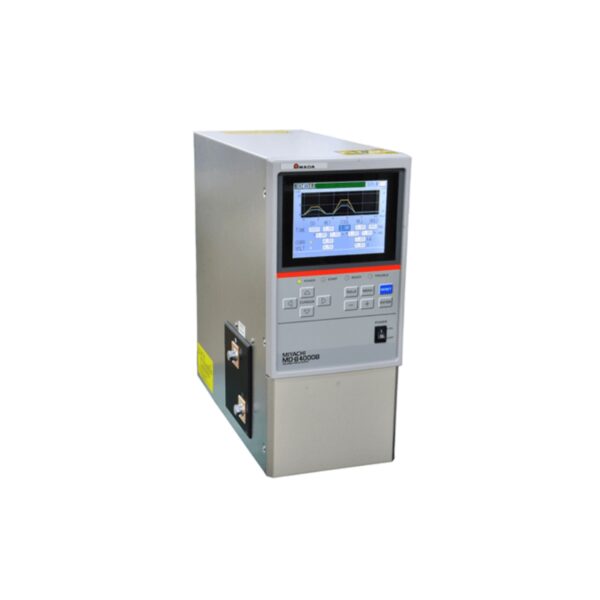
AMADA – Transistor Welding Power Supplies
Fast rise time Fast rise time No welding transformer needed Built-in pre-check function Polarity switchable type Two-channel type
AMADA Transistor-controlled welding power supplies have rise times 4.5 times faster than that of conventional* models. high quality welding can be accomplished in a short period of time on small work pieces.
AMADA Transistor-controlled welding power supplies have rise times 4.5 times faster than that of conventional* models. high quality welding can be accomplished in a short period of time on small work pieces.
* Compared with conventional model MD-1500E
The welding current is directly controlled with fast switching by transistor, so no welding transformer is required.
Applying current on the workpiece before the main current, it is possible to judge whether or not there is a workpiece set on the electrodes, and to evaluate the status of workpiece.
This can eliminate the Peltier effect (polarity effect) and provide uniform nugget diameters on series welding.
Two weld heads can be controlled by one power supply. It contributes to cost and space savings.
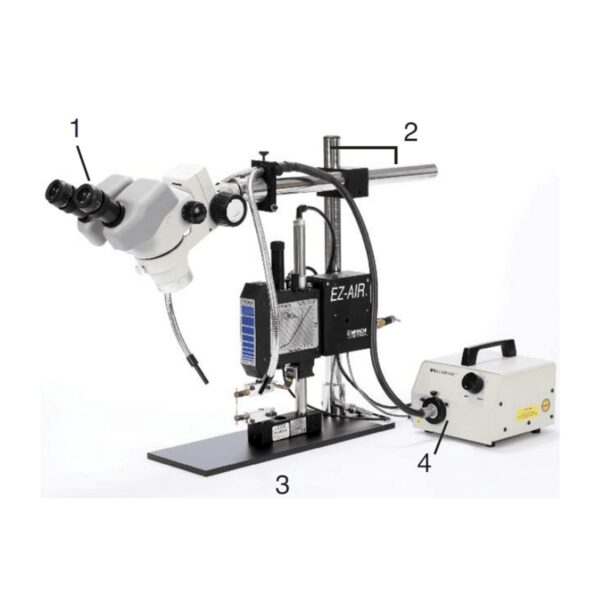
AMADA – Welding Accessories
A successful resistance spot welding process generally requires a welding power supply, a spot welding head, and a weld monitor or weld checker. Selecting the right accessories for these critical components can enhance and improve your results, an…
A successful resistance spot welding process generally requires a welding power supply, a spot welding head, and a weld monitor or weld checker. Selecting the right accessories for these critical components can enhance and improve your results, and provide additional safety for your operators.
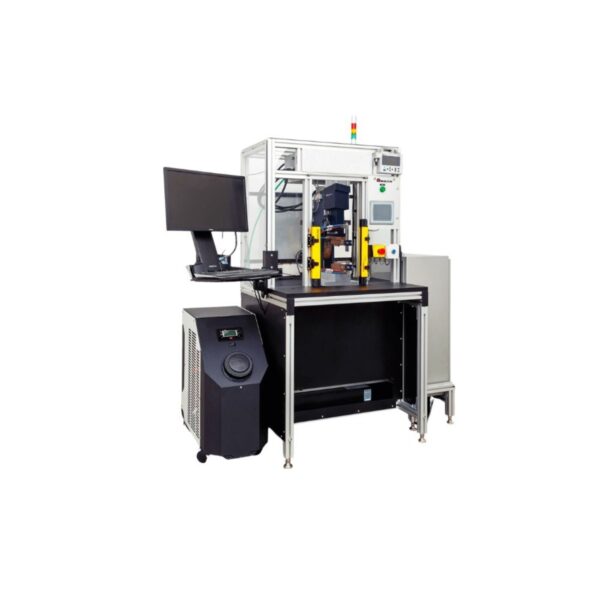
AMADA – WR Series Resistance Welding Workstations
Combining a power supply, weld head, process monitor and workbench, the all-new WR Resistance Welding Workstations are designed to simplify welding tasks and maximize quality and reliability, while enhancing operator safety.
…Combining a power supply, weld head, process monitor and workbench, the all-new WR Resistance Welding Workstations are designed to simplify welding tasks and maximize quality and reliability, while enhancing operator safety.

Armfield – Advanced Fluid Mechanics – C15 Computer Controlled Subsonic Wind Tunnel
The Armfield C15 is a new computer-controlled subsonic benchtop wind tunnel designed for undergraduate teaching. A small, benchtop wind tunnel, with visible working section. A wide range of accessories and instrumentation options are available, al…
The Armfield C15 is a new computer-controlled subsonic benchtop wind tunnel designed for undergraduate teaching. A small, benchtop wind tunnel, with visible working section. A wide range of accessories and instrumentation options are available, allowing a comprehensive study of subsonic aerodynamics. The facility is suitable for undergraduate training and project work.

Armfield – Advanced Fluid Mechanics – C6MKII Fluid Friction Measurements
The Armfield Fluid Friction Measurements unit provides facilities for the detailed study of fluid friction head losses which occur when an incompressible fluid flows through pipes, fittings and flow metering devices. The unit is designed for use w…
The Armfield Fluid Friction Measurements unit provides facilities for the detailed study of fluid friction head losses which occur when an incompressible fluid flows through pipes, fittings and flow metering devices. The unit is designed for use with the Armfield F1-10 Hydraulics bench.
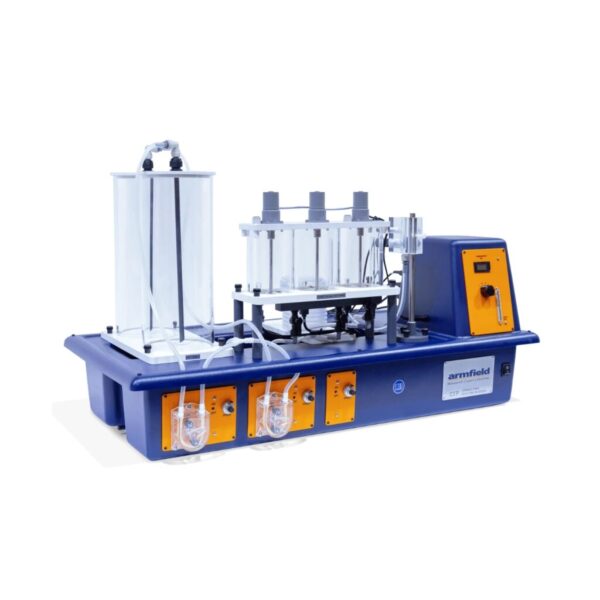
Armfield – Chemical Engineering – CE Series
Armfield through their CE range of products offer the most compreshensive, diverse and technically current group of products of any manufacturer, bringing both basic principles and complete unit operations to the modern educational laboratory.
…Armfield through their CE range of products offer the most compreshensive, diverse and technically current group of products of any manufacturer, bringing both basic principles and complete unit operations to the modern educational laboratory.

Armfield – Chemical Engineering – CEXC Computer Controlled Chemical Reactors Training Equipment
The Armfield CEXC family is a range of chemical reactors specifically developed for the teaching and demonstration of chemical reactor capabilities to chemical engineering students. Real chemical reactions take place within the reactors, and Armfi…
The Armfield CEXC family is a range of chemical reactors specifically developed for the teaching and demonstration of chemical reactor capabilities to chemical engineering students. Real chemical reactions take place within the reactors, and Armfield have developed a number of representative reactions which are easy and safe for students to use in the laboratory environment. This range of small-scale chemical reactors comprises five units, which represent the types of reactors found in the industry. Three of the reactors mount on a common bench top service unit (CEXC) whilst the other two are free-standing. PC based educational software is included along with the necessary interface device to provide computer control, automatic logging of data and analysis of results. Reactors comprise: Plug Flow, Laminar Flow, Stirred Tank, Tubular and Batch reactors.
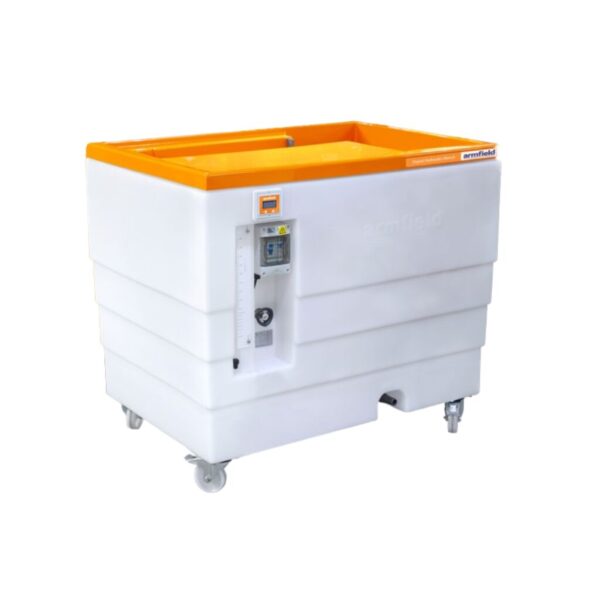
Armfield – Complete Fluid Mechanics Laboratory – Fluid Dynamics
The Armfield Hydraulics Bench (F1-10) and accessories have long been the benchmark used in fluid mechanics teaching laboratories. The comprehensive range of equipment can covers all aspects of the teaching of hydraulics in a safe, visual and easy-…
The Armfield Hydraulics Bench (F1-10) and accessories have long been the benchmark used in fluid mechanics teaching laboratories. The comprehensive range of equipment can covers all aspects of the teaching of hydraulics in a safe, visual and easy-to-understand way, backed up by first-class teaching materials.
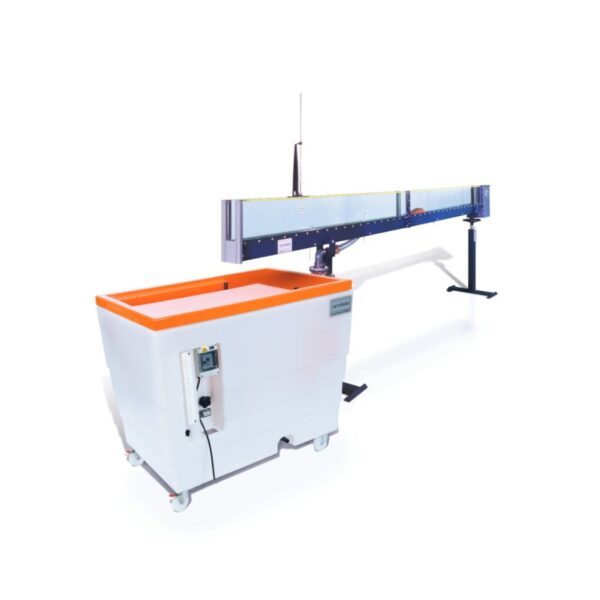
Armfield – Complete Fluid Mechanics Laboratory – S16 Hydraulic Flow Demonstrator
S16 configured as an open channel showing flow over an elevated section of the bed with a hydraulic jump forming on the downstream slope. It demonstrates flow through both open channels and closed conduits when coupling this highly visual accessor…
S16 configured as an open channel showing flow over an elevated section of the bed with a hydraulic jump forming on the downstream slope. It demonstrates flow through both open channels and closed conduits when coupling this highly visual accessory with the F1-10 Hydraulics Bench. It has a unique elevating bed section and models of various hydraulic structures enable the difficult concepts of critical flow and energy changes to be clearly demonstrated and analysed. It also has a working section large enough for the various flow phenomena to be seen clearly by a group of students – enables a teacher to provide practical demonstrations at the same time as explaining the theory. The demonstrations can be set up quickly and easily, including varying the upstream and downstream flow conditions. It is ideal for student project work – user constructed models of different hydraulic structures can be evaluated.

Armfield – Desktop Learning Modules – DLMX Series
The Armfield DLMX system is a practical education system aimed at teaching students the basics of fluid …
The Armfield DLMX system is a practical education system aimed at teaching students the basics of fluid mechanics, heat exchange and other fundamental engineering principles. It is a unique combination of coursework and practical demonstration equipment and can be used to teach students of all ages. The equipment comprises a small battery operated base unit, into which one of seven different cartridges is plugged.
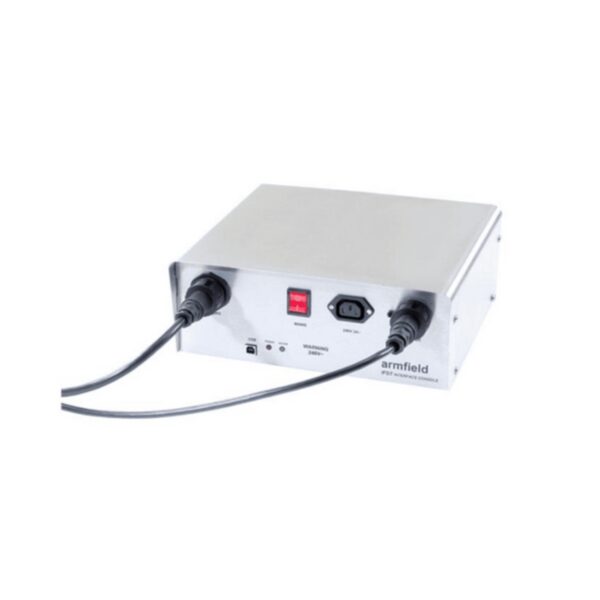
Armfield – Fluid Machines – FM Series CAPTURE
With the introduction of CAPTURE, machines that were once costly, cumbersome and difficult to use became affordable, space-saving and easy to use. Now CAPTURE MKII takes the concept forward into new realms of student understandi…
With the introduction of CAPTURE, machines that were once costly, cumbersome and difficult to use became affordable, space-saving and easy to use. Now CAPTURE MKII takes the concept forward into new realms of student understanding, adding superb visibility of the working of the bmachines and taking full advantage of the latest software and instrumentation techniques. All the CAPTURE units use standard PCs to display, record and manipulate the data. All Armfield CAPTURE units are now supplied with Armfield Armsoft LabVIEW™ based software to present and record the data in a way that is straightforward to use and understand for the student, yet offers a wide range of advanced features and capabilities. A common software format is used accross all machines. Similarly the machines all use a common interface unit, thus providing a cost-effective solution for laboratories requiring several machines.
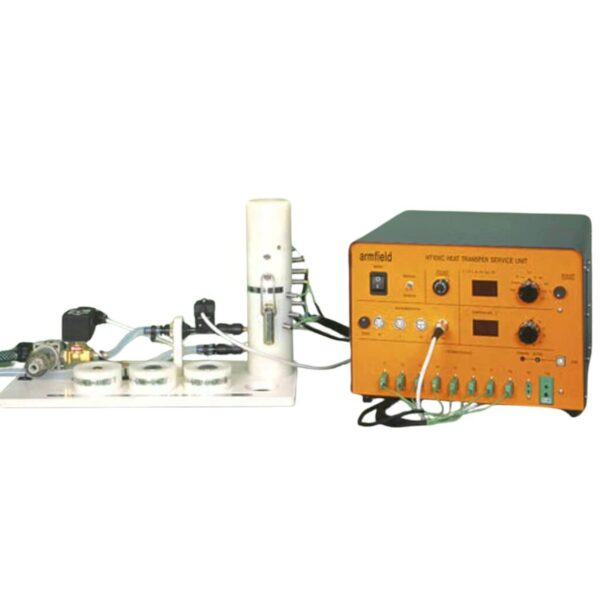
Armfield – Heat Transfer – HT10XC Computer Controlled Heat Transfer Teaching Equipment
The Armfield HT10XC is a computer controlled service unit, which can be used in conjunction with a range of small-scale accessories for a wide range of demonstrations into the modes of heat transfer. The factors that affect heat…
The Armfield HT10XC is a computer controlled service unit, which can be used in conjunction with a range of small-scale accessories for a wide range of demonstrations into the modes of heat transfer. The factors that affect heat transfer can be investigated and some of the practical problems associated with the transfer of heat can be clearly demonstrated.
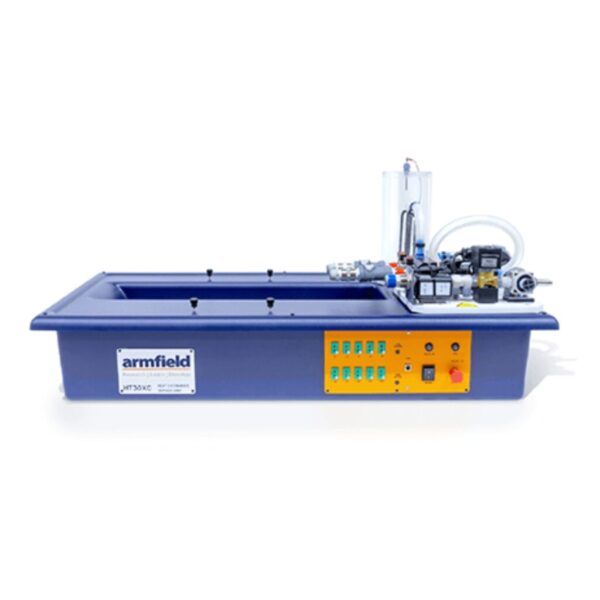
Armfield – Heat Transfer – HT30XC Computer Controlled Heat Exchanger Service Module
This bench top computer controlled service unit enables the operation of the Armfield range of small-scale heat exchanger systems. It provides controlled cold water flow, bi-directional hot water flow and the instrumentation required to do a serie…
This bench top computer controlled service unit enables the operation of the Armfield range of small-scale heat exchanger systems. It provides controlled cold water flow, bi-directional hot water flow and the instrumentation required to do a series of in-depth investigations into heat exchanger performance. The individual heat exchangers can be quickly changed over, to enable comparisons between different types of heat exchangers to be made. The HT30XC requires a personal computer with USB for the operator interface.
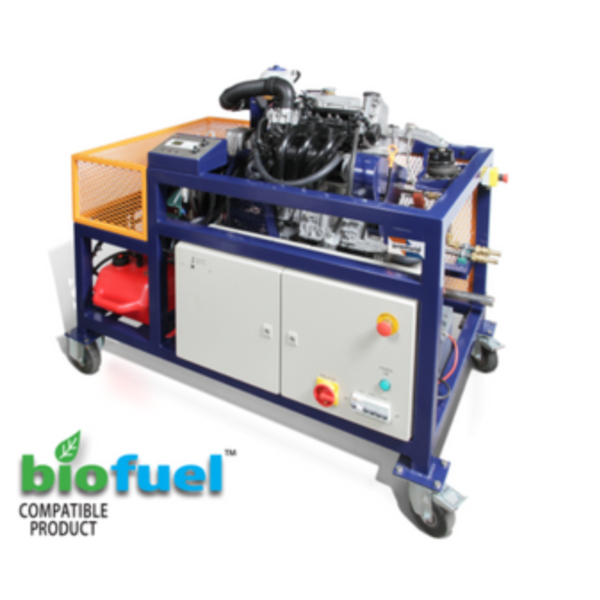
Armfield – Internal Combustion Engines – CM Series
Armfield’s range of internal combustion engines encompasses automotive and aviation power units, each one mounted on a small test bed and providing a complete engine learning system.
Armfield’s range of internal combustion engines encompasses automotive and aviation power units, each one mounted on a small test bed and providing a complete engine learning system.

Armfield – Miniature-Scale Research & Development Technology – F63 Laboratory Process Chiller
The FT63 is a recirculating process chiller, providing a continuous supply of chilled liquid to serve as the cooling fluid when used with an Armfield miniature-scale processing unit. It is particularly suitable for use with an A…
The FT63 is a recirculating process chiller, providing a continuous supply of chilled liquid to serve as the cooling fluid when used with an Armfield miniature-scale processing unit. It is particularly suitable for use with an Armfield FT74/FT74XTS UHT system.

